The Independent's journalism is supported by our readers. When you purchase through links on our site, we may earn commission.
Ghostwire: Tokyo review – proving that open world games don’t need to be big to be good
The capital of Japan is a perfect backdrop for a supernatural adventure
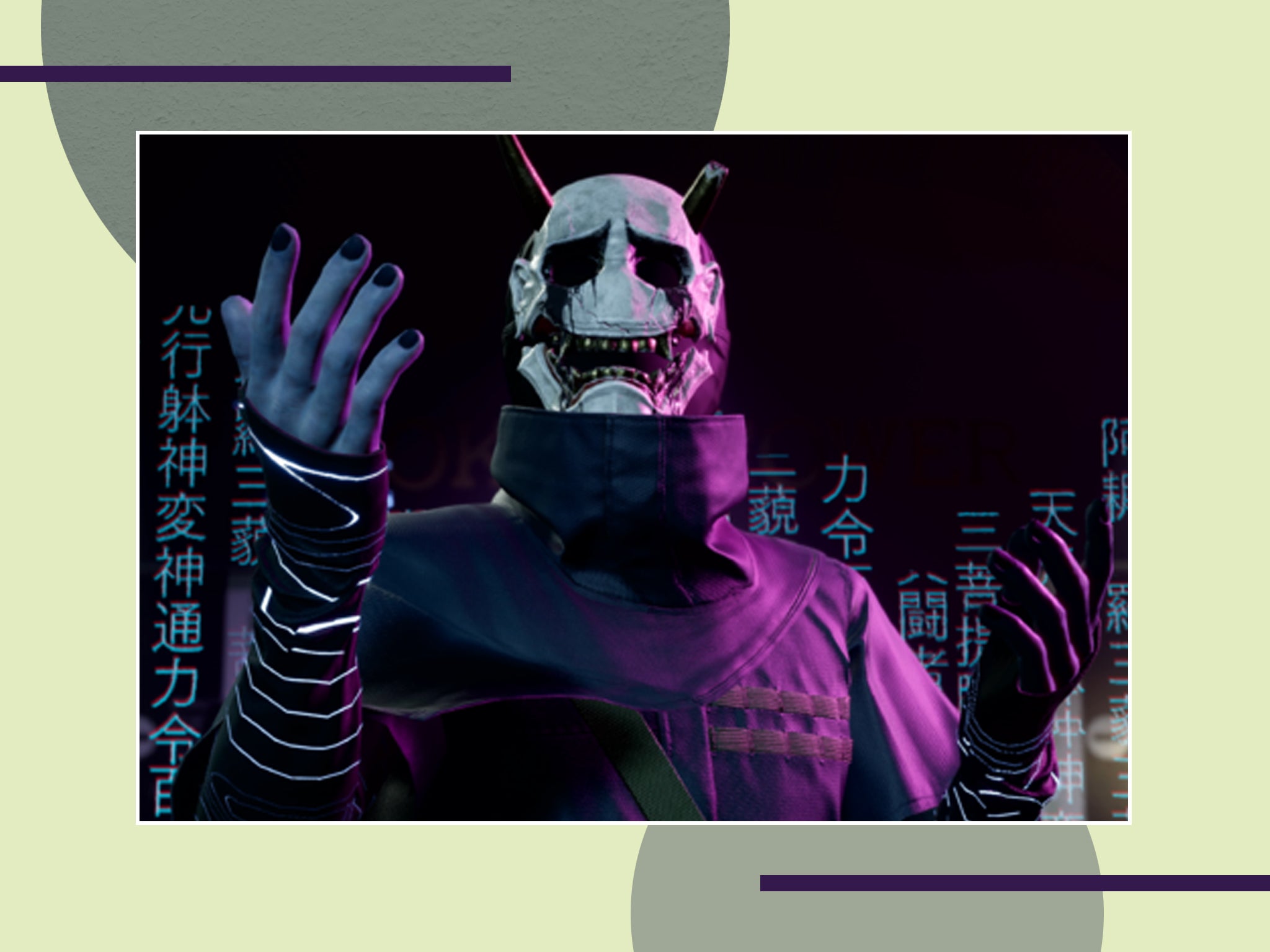
With titles like Dying Light 2 boasting over 500 hours of gameplay in a huge open world, the idea that every sandbox game needs to be the biggest yet is beginning to grow tiresome.
That is certainly the case when every map and area feels like a barren wilderness with nothing in it. Square mileage isn’t the best indicator of a game’s worth if there’s nothing to see.
Luckily, this isn’t the case for Ghostwire: Tokyo, which takes all the best elements of an open-world game and condenses its most essential and fun components into a short but memorable experience.
The urban sprawl of the Shibuya is the perfect backdrop for a story that combines the supernatural with a modern aesthetic in some of Tokyo’s most iconic destinations.
Read on for our full review below.
How we tested
We played Tango Gameworks’s latest title on the Playstation 5 on the game’s normal difficulty. It took around 15 hours to complete Ghostwire’s main story as well as complete some optional side missions, locate shrines and find hidden collectibles.
‘Ghostwire: Tokyo’: £54.99, Game.co.uk
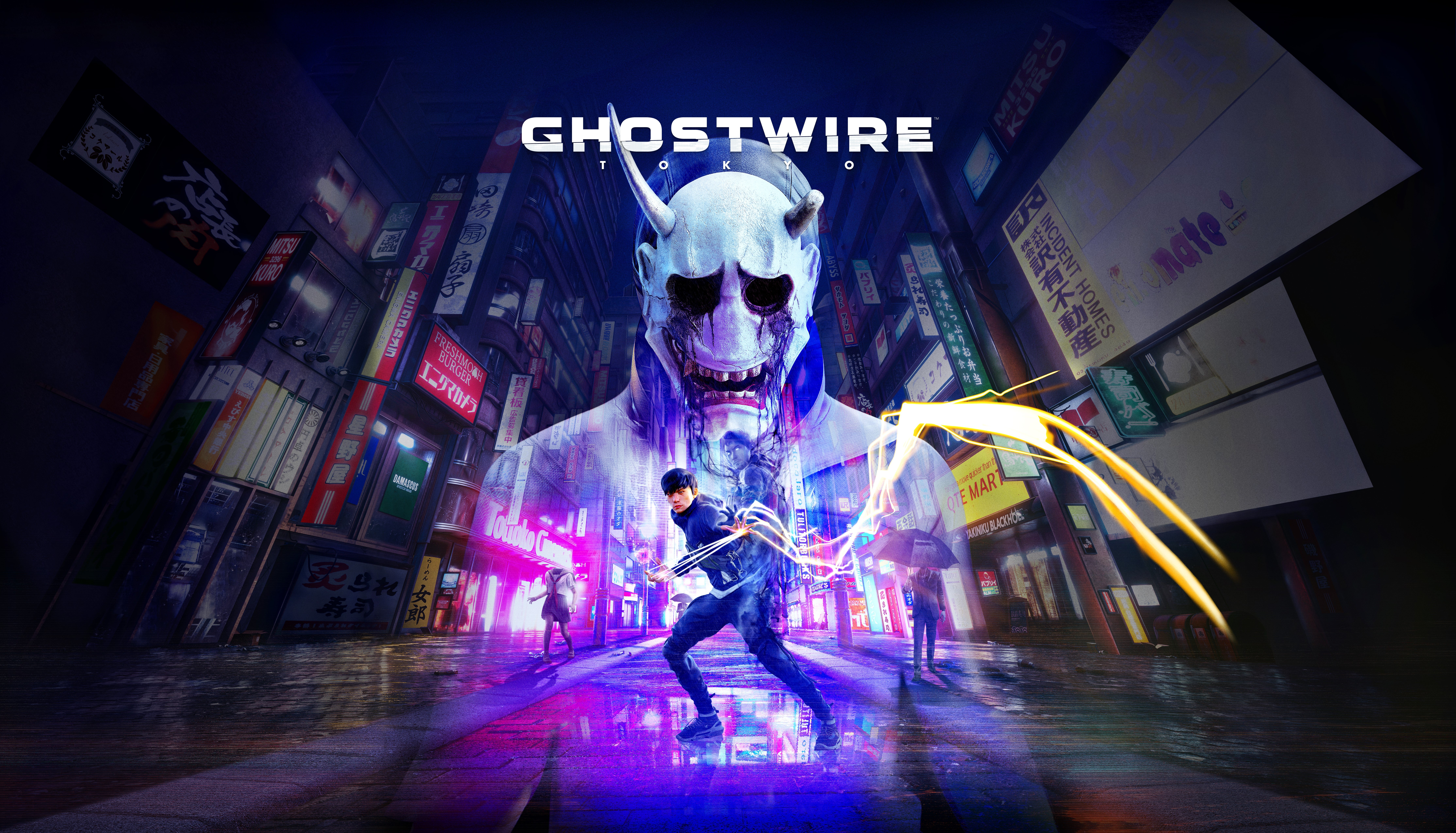
Rating: 8/10
- Consoles: PS5, PC
- Publisher: Bethesda
- Release date: 25 March 2022
- Age rating: 12+
Story
Ghostwire: Tokyo begins just as a supernatural invasion of the Shibuya district does – the area is enveloped in a heavy fog that causes anyone caught in it to disappear. Shortly before it arrived, a young Japanese man named Akito suffered an accident and was close to death before being possessed by the spirit of a ghost hunter named KK.
While KK is guarded at first and doesn’t reveal much about himself to Akito, their symbiotic relationship grants Akito access to spiritual powers, and gives KK a second chance to complete the mission he was on before he was killed.
Read more: We previewed Ghostwire: Tokyo and have new details on the upcoming action-horror game
As it turns out, Akito’s presence in the spirit world is not as unexpected as his circumstances would make it seem. His sister Mari is in a critical condition at the local hospital and upon trying to reach her, is abducted by Ghostwire’s antagonist, Hannya.
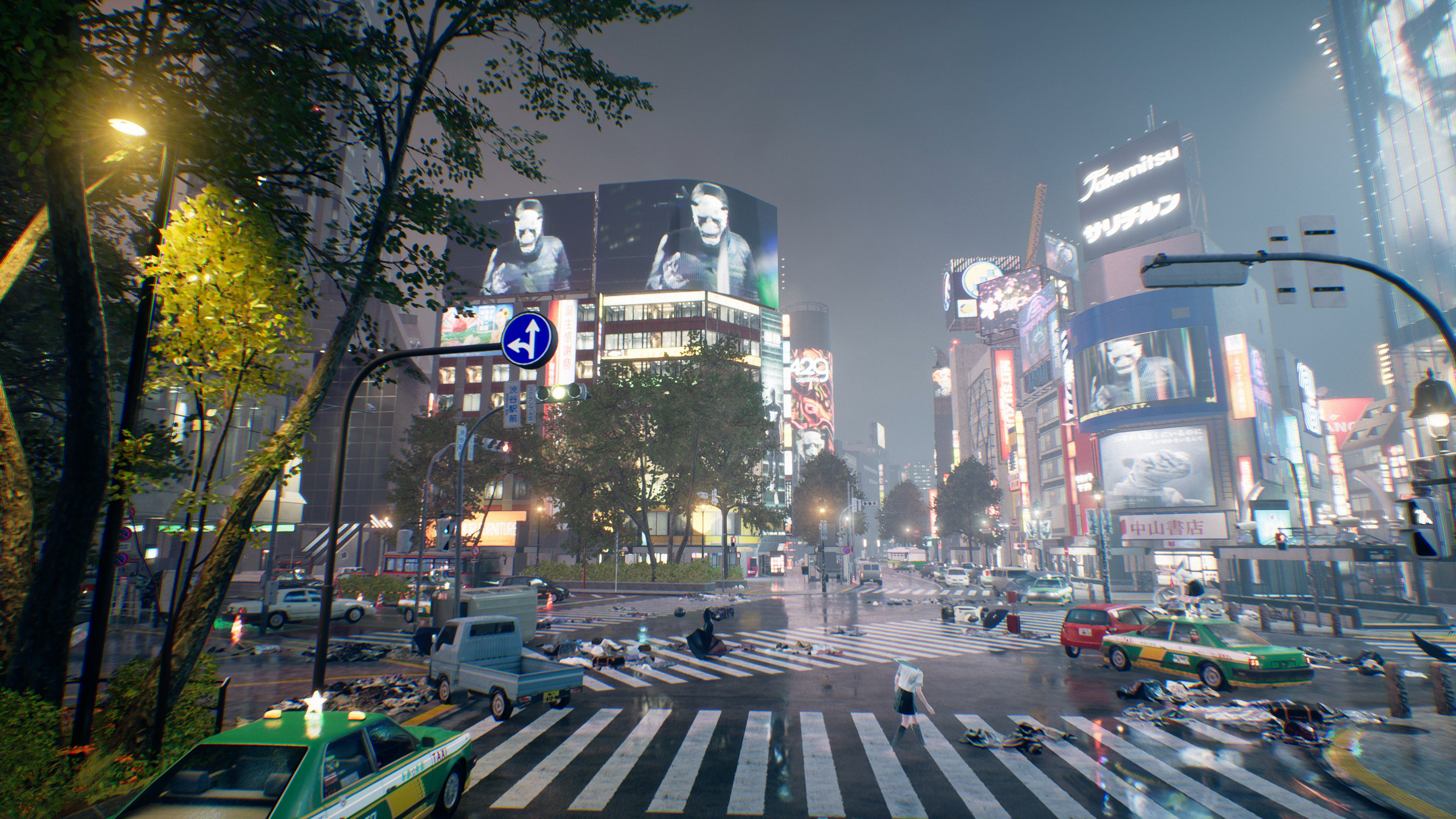
Mari’s suspended state between life and death makes her an ideal candidate for a secret ritual Hannya hopes to conduct, which gives Akito and KK enough reason to work together to track Hannya down and save everyone caught by the fog.
Akito’s journey through the spirit world is a memorable one, and with KK as an unexpected passenger, the two have the dynamic of a buddy cop action film. Akito has a more naive but hopeful outlook, contrasting with KK’s gruff but determined persona that occasionally loosens as the two grow closer.
In terms of performances, both the English and Japanese voice casts play their roles well – particularly the two main leads. The English performance is only mired by the lack of lip sync during cutscenes, and while not a complete detraction from their performances, it can still break immersion.
Exploration
Ghostwire: Tokyo’s Shibuya setting makes for an excellent backdrop to the mystical nature of the game, with its eerily empty neon-lit streets, and shopfronts with jazz and J-Pop still blaring from within. The now virtually abandoned district acts as a playground of exploration for Akito.
As the fog has consumed most of Shibuya, these areas are inaccessible until Akito is able to cleanse a nearby shrine and cause it to dissipate. Faraway objective markers can be seen just out of reach, and by daisy-chaining accessible shrines, the nooks of the city gradually reveal themselves. This natural funnelling works towards Ghostwire: Tokyo’s strengths, as exploration moves naturally without ever feeling like a chore.
It also helps that the in-game map is actually rather small. Rarely are objectives located more than 100m away, and revisiting older areas of the game after unlocking more of the map never feels like a retread. Each street has its own distinct charm and combining that with supernatural oddities such as visual glitches, erratic shop shutters and rain falling upwards, it’s never immediately clear what to expect around each corner.
Read more: Ghostwire: Tokyo looks incredibly creepy in lengthy new gameplay trailer
By using KK’s abilities to scan the area, spirits of citizens caught in the fog can be found within Shibuya’s alleys, streets and rooftops as hazy blue clusters of drifting spirits. These can be absorbed by using “katashiro” (paper dolls) and traded in at phone booths for experience points. There are a total of 240,300 spirits to collect, which represents the rough population of Shibuya and its visitors.
Rooftops can be explored by using spirits called “Tengus” as grappling points. Exploring Tokyo via the skyline gives Akito a much better view of the city and its distance, and a glide ability helps him to move quickly between different rooftops. Even if Akito stumbles then he doesn’t have to worry about plunging to his death, as no fall damage is taken.
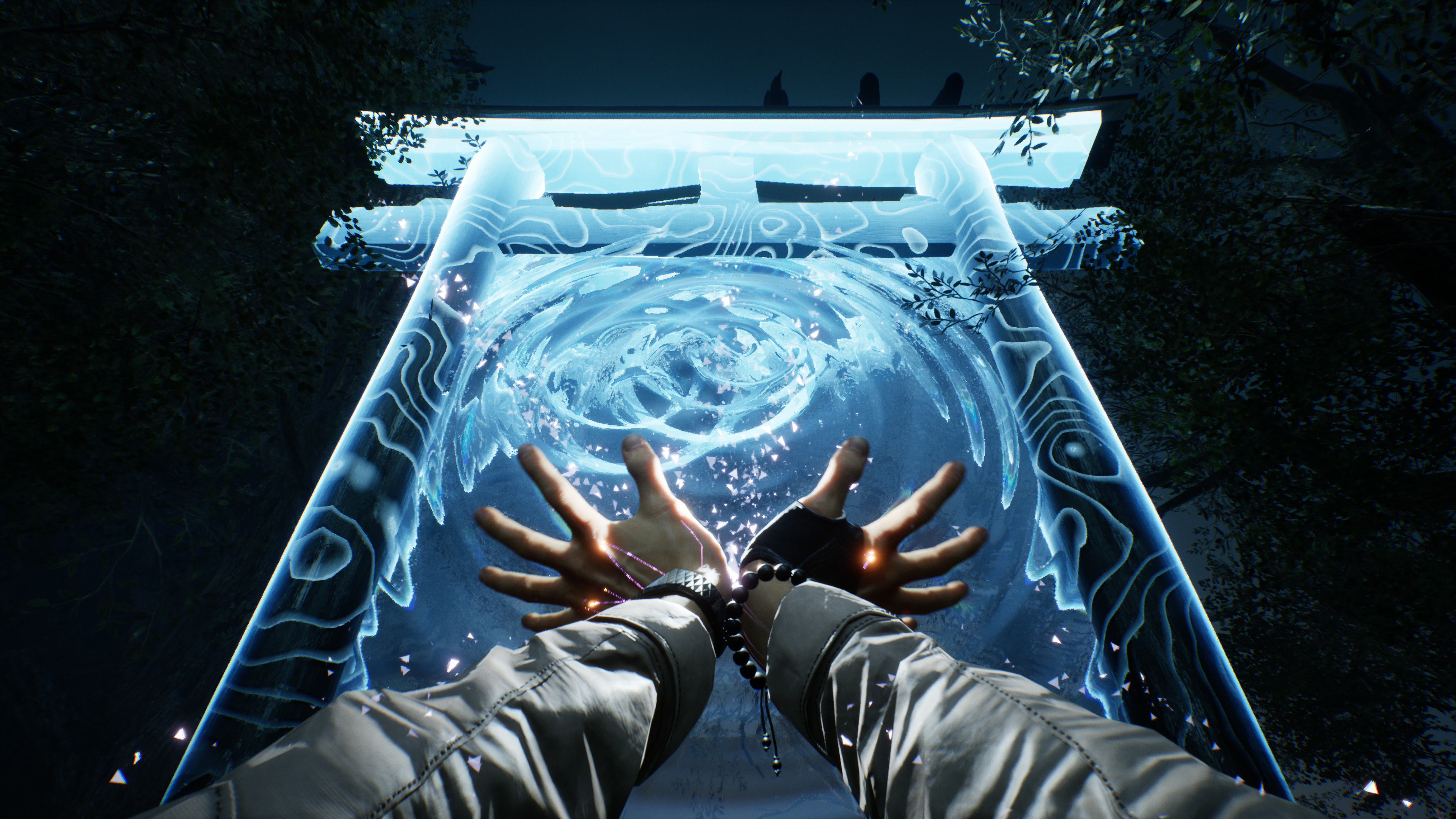
Down in the streets, the only living occupants that remain are cats and dogs who can speak and reveal hidden treasure and offer hints to Akito, provided he can offer them some food. And yes, of course, you can pet them.
The other occupants aren’t so friendly. Aggressive spirits known as “visitors” can also be found roaming the empty streets, as physical representations of the anxieties and grievances of Japanese society.
Read more: Restock updates and how to pre-order Sony’s elusive PlayStation 5 console
One of the most common, “rain walkers”, are suited, faceless men and women with umbrellas, which have been born from the exhaustion of overwork. “Students of misery” take the form of headless schoolgirls that have manifested as a result of the anxieties of school life and “paper dolls” have been born as a result of people maintaining a vapid facade. Each enemy type presents a different challenge but their abundance provides a strong commentary on the more unsavoury aspects of life in Tokyo.
Some side quests can also be undertaken for spirits, ranging from exploring a haunted apartment complex to bringing a trapped spirit a roll of toilet paper so he can complete his... unfinished business before moving on to the next world. While optional, each quest and collectible is worth exploring for its own rewards, and they’re varied enough to break up the main storyline.
Combat
With KK as a ride along, Akito has access to a suite of new spiritual powers known as “ethereal weaving”, which mixes elemental attacks with other supernatural abilities.
At first, this is limited to a “wind” attack that Akito can summon using his hands, which acts as the game’s most basic form of attack against visitors. Akito also comes to acquire further powers such as a “fire” elemental attack, used for long range, and “water” which is a short-ranged attack with a wide spread.
Each can be used in quick succession in order to weaken visitors and make them susceptible to a “core-grab”, which allows Akito to pull them apart with elaborate hand gestures like a cat’s cradle. In doing so, Akito can acquire more energy to perform more attacks, otherwise they can be defeated as normal without the additional bonus.
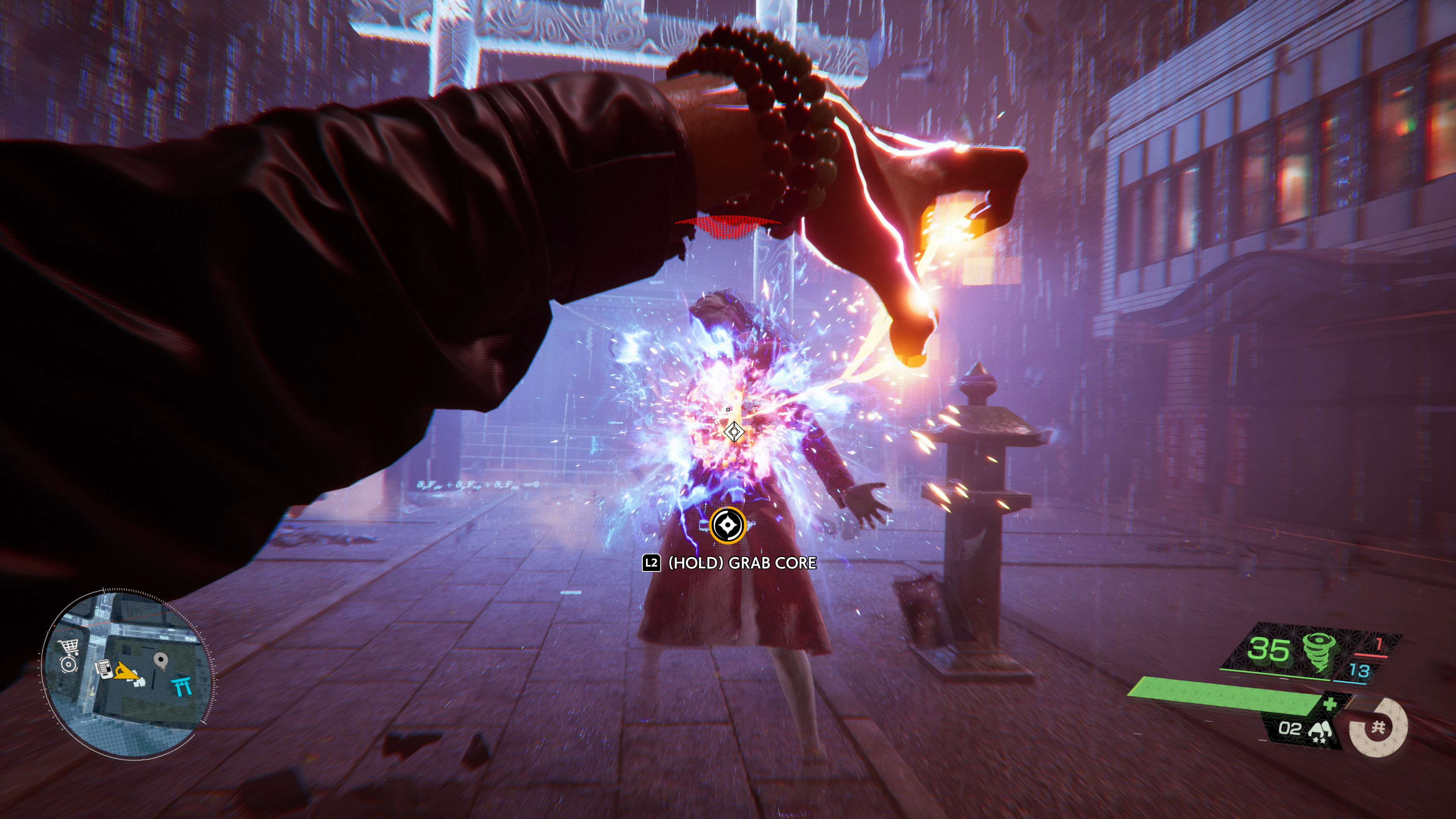
Akito and KK can also become separated, which means Akito no longer has access to the spiritual abilities that KK provides. Unable to approach visitors head-on without serious risk, stealth becomes the main method of approach as Akito can sneak up on enemies to perform quick takedowns. KK’s spirit can also be lost mid-combat, and recovering him while simultaneously fending off attackers becomes its own challenge.
Even with a lack of ethereal weaving, Akito still has access to a bow and arrow, so he isn’t completely defenceless in this section, but arrows are harder to come by. Akito can also collect talismans which can be used as an “area of effect” attack, such as being able to electrify spirits and keep them trapped in one place.
Read more: 15 best PS5 games for every kind of player, from Deathloop to Demon’s Souls
With a small but powerful arsenal, Ghostwire: Tokyo’s combat keeps things interesting, even when encounters with small mobs of the same enemy-type start getting repetitive.
The verdict: ‘Ghostwire: Tokyo’
If the idea of yet another 50+ hour open-world game sounds exhausting, then Ghostwire: Tokyo might be for you. Even if you aren’t a fan of horror games, then don’t be dissuaded. While it leans heavily into the iconography and some of its enemy designs can be unsettling, it’s firmly rooted in the action genre and rarely deviates beyond the very occasional jump scare.
Ghostwire: Tokyo is a memorable journey that never overstays its welcome. With a unique combat system and plenty of options for exploration, it makes an admirable effort to keep players engaged even after the credits roll. At £54.99 (Game.co.uk), the game is priced appropriately for the time it will take to complete.
Voucher codes
If you’re looking for discounts on technology or videogames, then try one of these codes:
Looking for another open-world game on the PS5? Read our review of ‘Horizon: Forbidden West’
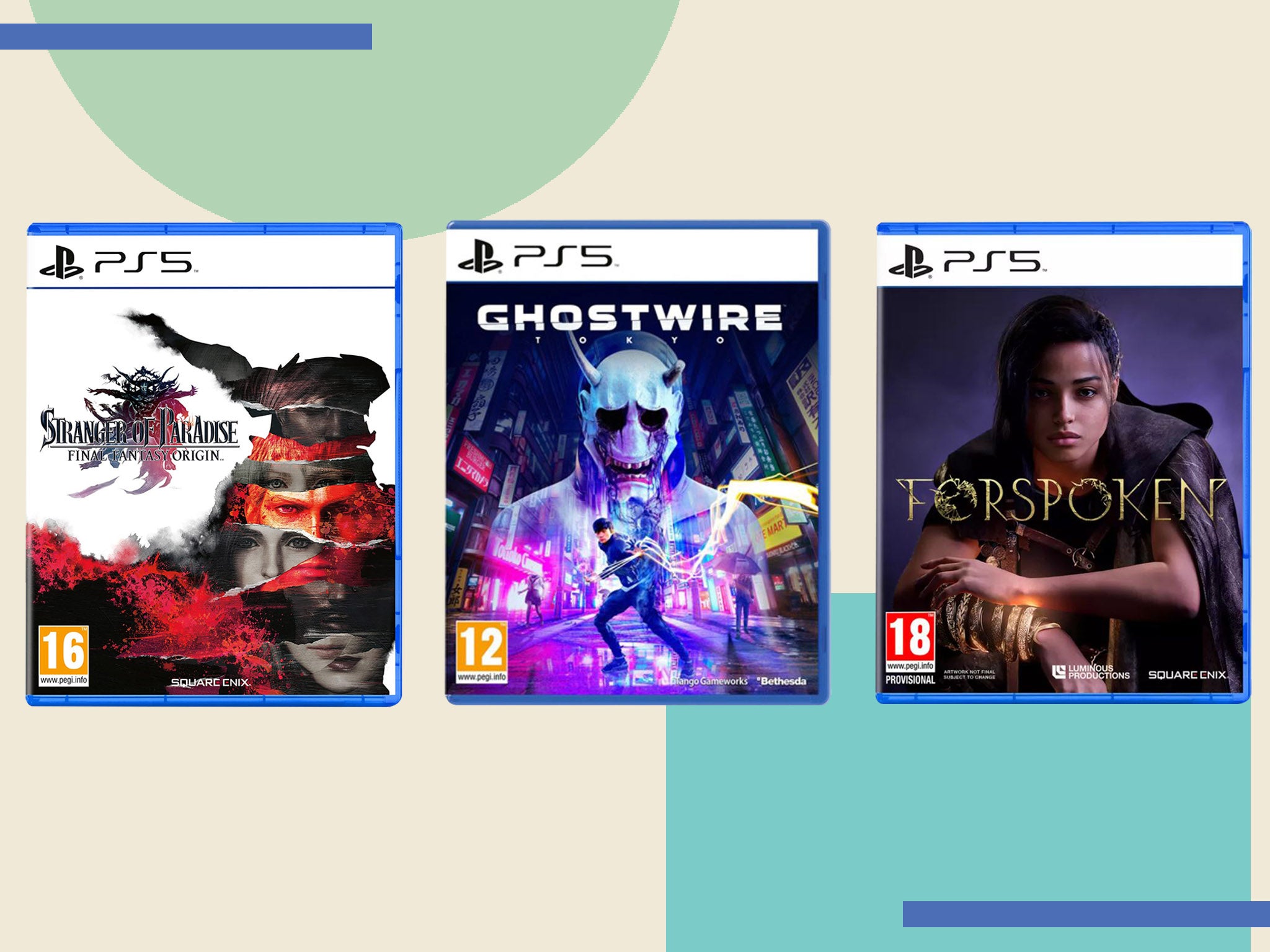



Bookmark popover
Removed from bookmarks